7 Major Self-Protection Tips to Keep in Mind When Swimming—Every Moment Could Be Risky!
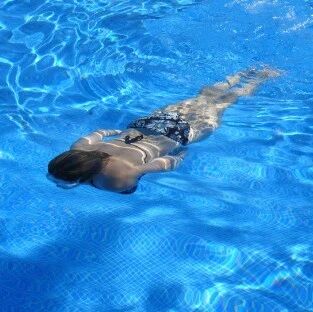
Although swimming is an excellent form of exercise, I believe self-protection while swimming is crucial—otherwise, it could lead to "secondary contamination," turning a minor issue into a bigger problem.
Here are the experiences that require protection.
1. Scratch
Once while swimming, as I turned around near the edge of the pool, I accidentally kicked a nail embedded in the poolside—and ended up piercing a hole through the big toe on my right foot. Surprisingly, there wasn’t much bleeding, so I figured it was nothing serious. But after some time, I noticed that what had started as a small injury had transformed into a "wart," almost like a thickened callus. I kept trying to scrape it off—scraping it one day, only to have it grow back the next—but no matter how many times I tried, it just wouldn’t heal. Finally, I went to the hospital, where two sessions of cryotherapy (using liquid nitrogen at minus 20 degrees Celsius) finally cleared it up completely.
Experience: When swimming, pay attention to objects in the pool that could easily cause injury—such as nails or hooks used to secure the waterline, as well as cracked tiles—and be cautious.EasyBe careful when cutting your skin—once it’s broken, water from the pool can easily introduce bacteria. Make sure to promptly clean and properly bandage the wound. And after stepping out of the water, never step directly into the pool’s shared flip-flops, as they’re likely teeming with infectious bacteria. Doctors warn that this is often how plantar warts are contracted.
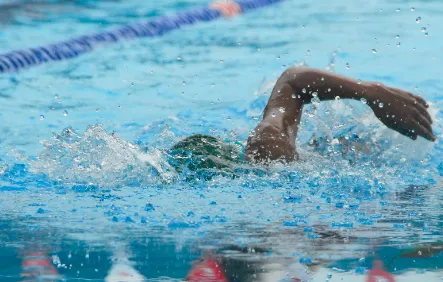
2. Skin Infection
Experience: Swimming pools contain chemical treatments and numerous bacteria and microorganisms—especially in winter, when warm water creates an ideal environment for bacterial growth. Therefore,Before getting into the water, it’s best to apply some oily protective cream to your face and body. Right now, I’m using "olive oil"—it’s completely natural and doesn’t dissolve in water, making it perfect for this purpose.EasyIt forms a protective layer between the skin and the pool water—and it’s also affordable.
Also, make sure to move around more after getting out of the pool, since exercise makes you sweat—and that way, the pool water won’t linger on your skin either.EasyWhen entering the human body, don’t act like you’re soaking in a public bath—don’t rub your skin vigorously while soaking. After all, our skin serves as nature’s protective barrier. Not only does rough handling look unsightly, but if you accidentally scratch or break the skin during this process, it can easily lead to infections. If you notice your skin itching—and especially if the itch feels sharp and intense, accompanied by tiny pinprick-like bumps at the affected areas—there’s a strong chance you’ve developed dermatitis. This type of dermatitis is closely linked to your body’s immune system. And here’s the thing: even if the itching subsides after a couple of days without treatment, your skin will remain highly vulnerable to the same irritants or pathogens if exposed again later.EasyRelapse. So seek medical attention promptly.
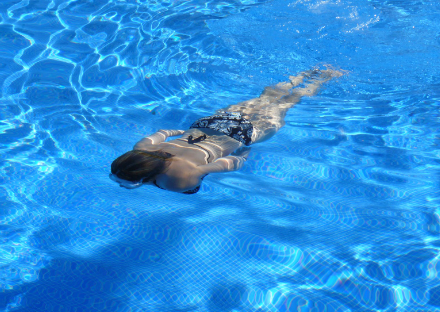
3. Protection for Eyes and Hair
The pool water is rich in chlorine, which can damage the hair's cuticle layer.EasyYellowing and cracking. So, before swimming, it’s best to apply a bit of olive oil to your hair and wear a swim cap.
After getting into the water, avoid casually removing your swim cap to prevent your hair from touching the pool water. Also, take care to protect your eyes—don’t take off your goggles unnecessarily while swimming, and try to minimize how often your eyes come into contact with the pool water.
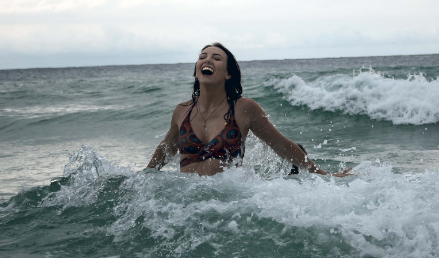
4. Slip and fall
This is something you definitely need to pay special attention to—many adults and children have already slipped and fallen right by the poolside. That’s because pool edges are usually tiled, and running barefoot on wet tiles, especially when turning, significantly increases the risk of slipping. Without any clothing to cushion the impact, combined with the hard, unforgiving surface of the tiles, falls in these areas can lead to much more severe injuries than usual.
5. Sunburn
Most people know this—don’t swim under the blazing sun, and it’s best to apply sunscreen before diving in. Especially during summer days.Cloudy day, you can get sunburned even if you’re not paying attention. That’s because it’s mainly the UV rays in sunlight that cause skin damage—and up to 90% of these UV rays can penetrate through clouds. So, when swimming, make sure to time your sessions wisely and always apply sunscreen.
6. Drinking pool water
Anyone who swims has likely tasted pool water at some point. But there’s no need to worry excessively—after all, the human stomach produces strong acids that most bacteria and microorganisms can’t survive. Still, it’s important to stay mindful: drinking too much chlorinated water can still irritate your stomach. To counteract this, it’s recommended to sip some plain milk afterward—it can help neutralize the effects and minimize potential damage.
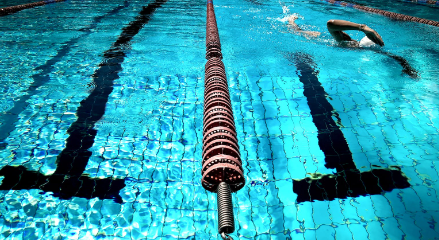
7. Muscle Strain
Swimming easily leads to muscle strains—especially when doing breaststroke, which often puts extra stress on the muscles. Later, I switched to a different pair of swim trunks, and that made all the difference. Whether it’s the knee-length style for summer or the longer-legged version for winter, these swimsuits have one major advantage: they snugly wrap around your thigh muscles, preventing them from trembling during powerful strokes and reducing the risk of strain. This feature is particularly beneficial for those with fuller thighs.
Related Articles

World Aquatics announces record-breaking prize money, yet still can't afford top-tier swimmers.

Notice from the Swimming Center of the General Administration of Sport on Strengthening Public Swimming Safety Management and Promoting Drowning Prevention Among Youth
